Most Commonly Asked Questions about Birth Control after Baby
When should I start birth control again after giving birth?
Once you are cleared for sex at your six-week postpartum check-up, you can start a new birth control regimen. This check-up is a great opportunity to discuss your plans for birth control, what has and has not worked for you in the past, and any plans for future pregnancies. It’s important to wait until your doctor or midwife gives you the OK as certain birth control medications can increase your risk for a blood clot in the weeks immediately following your delivery. This is particularly true of birth controls that contain estrogen such as combination pills, the patch and the vaginal ring.
Is birth control safe while breastfeeding?
Yes, absolutely. The hormones that are secreted into your breastmilk are minimal and are not harmful to your baby. You will want to avoid options that include estrogen though as it can cause your supply to drop. The best birth control options while breastfeeding are the progestin only mini-pill, hormonal or hormone-free IUDs and the progestin-only subdermal implant.
What are my options for birth control post baby?
Once your doctor or midwife gives you the OK to begin a birth control regimen, you will want to decide which option makes the most sense for you. Some factors to consider include whether or not you are breastfeeding your baby, plans for future children, hormone sensitivity and convenience. Here are several of the most common birth control options and whether or not they are recommended while breastfeeding.
- Combination pills: These pills contain a combination of estrogen and progestin designed to suppressed ovulation. They are NOT recommended while breastfeeding because of the estrogen content.
- Mini pill: The mini pill contains progestin only and is intended for use by breastfeeding moms.
- IUDs: An IUD is an intrauterine contraceptive device that is inserted into the uterus to prevent pregnancy by disabling the sperm. There are hormonal and non-hormonal options that can be used from 3-12 years, depending on the type. They are considered to be one of the most effective forms of birth control and are safe to use while breastfeeding.
- Vaginal ring: The vaginal ring releases hormones that suppress ovulation. It is removed during the week of menstruation and then a new one is placed. While the vaginal ring is a good option for those who have trouble remembering to take the pill, it is NOT recommended for breastfeeding moms due to the estrogen content.
- Subdermal implant: A newer option to the contraceptive market is the subdermal rod implant that is inserted under the arm skin. With high efficacy rates and no estrogen, this is a safe and effective option for nursing moms.
- Injectable birth control: Depo Provera is the most commonly known injectable contraceptive and has a 99 percent efficacy rate. This progestin only injection is given every 12 weeks and is safe for breastfeeding moms. However, there is some speculation that it may cause a drop in your supply.
- Tubal litigation: This is a surgical procedure in which the fallopian tubes are cut or sealed to create a permanent block preventing the egg from reaching the uterus for fertilization. This option should only be considered if there is NO chance that you may want to become pregnant again. There are some concerns about the procedure affecting supply but it is generally safe while breastfeeding.
- Non-surgical sterilization: Similar to tubal litigation, non-surgical sterilization should ONLY be considered if you are done having children. With this method of contraceptive, a device is vaginally inserted into the fallopian tube that causes scarring to create a barrier that prevents the sperm and egg from meeting. This is a PERMANENT form of birth control and should not be considered if there is a possibility you may want more children in the future. This procedure is considered to be safe while breastfeeding.
Do I need to be done having kids to get an IUD?
No. An IUD is a completely reversible form of birth control. As soon as your IUD is removed, you can become pregnant. Many women worry that an IUD will affect their future fertility because it CAN be used as a long term option. However, research actually shows high rates of pregnancy following the removal of intrauterine devices.
I’ve heard exclusive breastfeeding is great birth control. Is that true?
Yes, it is true--WHEN and IF you meet all the criteria. The Lactational Amenorrhea Method is endorsed by the World Health Organization as being up to 98 percent effective. In order to rely on LAM for birth control you must meet the following conditions:
- No period since your baby’s birth
- Baby is under 6 months of age
- You practice ecological breastfeeding, nursing baby at least every 4 hours during the day and every 6 hours at night.
Learn more about about breastfeeding as birth control
Who should I talk to to learn more about my options?
Talk to your midwife or doctor to learn more about contraceptive options and for help choosing the best method for you. Consider having this conversation even before you deliver so that there is a plan in place once you receive the green light for sex and birth control. Health experts recommend waiting at least 18 months between pregnancies to allow your body to heal and reduce chances for future pregnancy complications.
To learn more about birth control options after baby and for any and all questions related to pregnancy and natural birth, contact Health Foundations for a free consultation with a midwife and for a tour of our Birth Center.

